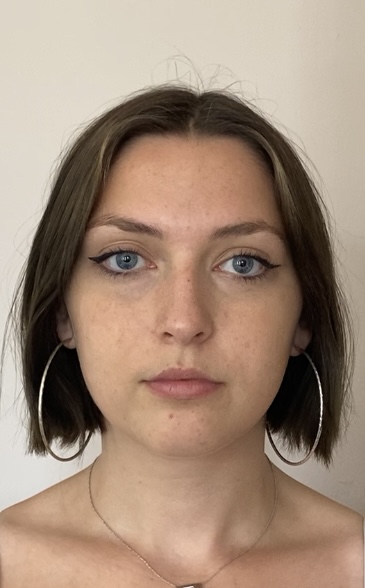Para qué sirve
Due to climate change, 90% of all coral reefs are projected to decline by 2050. Some methods utilise 3D printing to build artificial reefs that repopulate devastated environments, yet designing a habitat for a variety of marine species is largely unexplored.
Qué te inspiró
I'm an avid explorer, biodesign engineer, interdisciplinary thinker and environmental activist. My work is centred around the intersect of biofabrication, conservation and 3D printing with the aim of creating sustainable solutions to protect our ecosystems. I feel incredibly conscious of and impacted by climate change and feel that my mission is to design, protect and empower local communities. For my first solution, I wanted to tackle coral restoration methods so that I could place myself professionally in the conservation sector. At FabLab BCN, I was provided with the resources to bring this project to life with the 3D printing ABB robots.
Cómo funciona
TerrAqua is a modular 3D printed clay structure designed to promote marine biodiversity. Since fish are more abundant in corals with a high level of complexity, a triply periodic minimal surface (TPMS) structure was generated which provides high surface area, channels and overhangs - all beneficial qualities to a thriving reef environment. The material fabrication explored the use of terracotta clay which adds porosity and durability to the structure as well as being 100% natural. There are 3 core modules: the top; the central; and the bottom. These stack on top of each other to create an organically shaped tower which allows for efficient flow of water and a promising habitat for reef species. The modules are supported by a pole which goes through the centre of each clay unit. The tower can vary in height by printing multiple of the central and bottom modules and stacking them underneath the 3 core pieces.
Proceso de diseño
My initial concept was to develop a 3D printed artificial reef using clay and microbial induced calcite precipitation which would produce a calcium carbonate skeleton similar to a coral reef. I quickly realised that within 3 months (the time given for Fabricademy students to complete their final project) I wouldn't be able to do both the material and structural research. My next idea was to create a clay and waste oyster shell(rich in calcium carbonate) composite. However, once I printed this prototype ( 1/3:1 oyster shell powder to terracotta clay) and fired it, the structure crumbled and did not react well in seawater. My final decision was to focus solely on using terracotta clay as the material as it was proven to be a great substrate for artificial reefs due to its strength, porosity and durability. I modelled the surface using Houdini, Rhino 3D and Blender and experimented with PLA prototypes first to understand the thickness and assembly of the modules. I used Blender to edit the mesh that would not be viable for clay printing. I then printed with a hacked Creality Ender 3D Paste Printer, a Tronxy Clay Printer, and an ABB Robotic Printer to test my structure at different scales. The pH of the clay was tested in seawater to ensure that it did not affect the environment
Qué lo hace diferente
3D printing for restoration is quite a novel concept and organisations such as Coastruction or Reef Design Lab use recycled concrete which is considered less sustainable than terracotta clay. Concrete isn't a naturally occurring material and requires quite an energy intensive process to produce it. Concrete also tends to not be easily recycled and can loose structural integrity over time; whereas terracotta is an affordable natural material, durable and easily recycled. Other restoration organisations which use terracotta such as RRReefs have specifically designed their structure for optimum coral larvae attachment and not necessarily for promoting marine biodiversity. TerrAqua has used the Pujada Bay reef in the Philippines as a case study environment, and is designed with consideration to the organisms that are found there. The design features overhangs, channels, shade, and a high surface area all of which contribute to a thriving reef habitat.
Planes para el futuro
I'm using this project as a step in an initiative that I'd like to create which promotes biodesign and digital fabrication to communities most affected by climate change. The initiative aims to provide education and practical experience in 3D printing and sustainable practices, to empower individuals and groups with an advanced craft trade that teaches technical skills and provides an accessible introduction into conservation and protecting the environment. Providing access to these resources in areas that are often left out of technological advancements is essential for the world to achieve climate literacy and promote sustainable practices.



Conectar